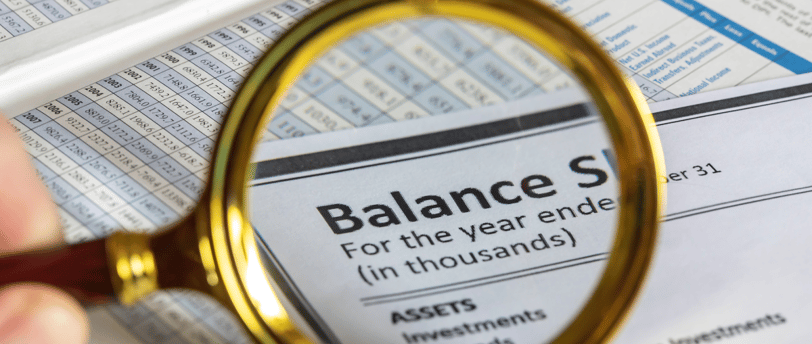The Balance Sheet Unveiled: Your Financial Snapshot for Mental Health Practices
In the bustling world of mental health practice, business acumen often gets sidelined by the primary focus on patient care. However, understanding the nuts and bolts of your financials remains crucial for the sustainable growth of your practice. One of the cornerstones of this understanding is the balance sheet. This document doesn't merely offer numbers and figures but serves as a vital snapshot of the business's financial health.
Dr. Frances Robbins
8/26/20232 min read


What is a Balance Sheet?
A balance sheet provides a comprehensive view of your mental health practice's financial position at a specific time. This financial statement outlines your assets, liabilities, and equity. Think of it as a snapshot that answers the question: "What does the practice own and owe?"
Assets: What You Own
Assets constitute everything of value that the practice owns. In a mental health practice, this could range from the obvious—like furniture, computers, and medical equipment—to the less tangible, such as software licenses or a recognizable brand. Assets are often divided into two categories:
- Current Assets: These are assets you can easily convert to cash within a year. Current assets include cash itself, accounts receivable, and any short-term investments.
- Non-Current Assets: These are long-term assets like property and equipment and intangible assets like copyrights or patents.
Liabilities: What You Owe
Liabilities represent the obligations of your mental health practice. Liabilities are amounts you owe to lenders, suppliers, employees, and patients if prepayments occur. Liabilities also come in two flavors:
- Current Liabilities: These are debts you need to settle within a year. This category includes accounts payable, salaries, and short-term loans.
- Long-term Liabilities: These debts, such as mortgages and long-term loans, extend beyond a year.
Equity: Your Stake
Equity essentially is what's left when you subtract liabilities from assets. Equity represents the ownership stake in the mental health practice. It can consist of:
- Owner's Equity: Initial investment and additional contributions.
- Retained Earnings: Profits saved and reinvested in the business rather than distributed.
Why Does it Matter?
A balanced sheet serves multiple functions:
1. Risk Assessment: It can alert you to financial vulnerabilities in your practice. High liabilities compared to assets might indicate excessive borrowing.
2. Profit Planning: A look at your current assets versus liabilities can give you insights into your practice's liquidity—essentially, how easy it would be to cover expenses if revenues dip.
3. Investor and Lender Appeal: A solid balance sheet makes you more attractive to investors and lenders if you decide to expand your mental health practice.
Practical Application
Here's how you can apply this information:
1. Regular Review: Consistently review your balance sheet, ideally every month.
2. Professional Help: Given the complexity, seeking assistance from a financial advisor or an accountant provides more comprehensive insights.
3. Tech Solutions: Consider software that tracks your financial data in real-time and can generate balance sheets instantly.
In conclusion, the balance sheet is not just an accountant's tool. It's a critical financial document that gives you invaluable insights into the financial health of your mental health practice. Understand it, use it, and watch your practice thrive financially as it already does in patient care.
Frances Robbins, DBA, MIH, MSN, APRN-PMHNP-BC
USAF Veteran | Over 20 Years in Mental Health Expertise | Turning Vision into Exceptional Practices


